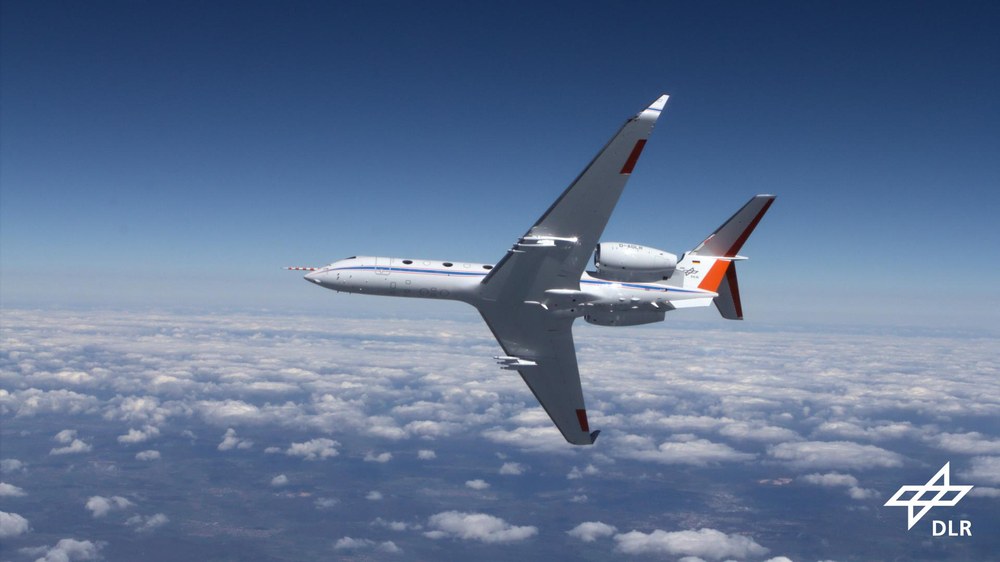Mobile ground and flight vibration testing system (SSVA)



At the DLR Institute of Aeroelasticity in Göttingen, researchers are investigating the structural dynamic behaviour of aircraft, rotorcraft and wind turbines by means of vibration testing.
Structural dynamic testing
The Ground Vibration Test (GVT) Team of the Structural Dynamics and Aeroelastic System Identification department operates a measured data collection system with 384 input channels for conducting vibration tests.
The system has a modular design and can be equipped with different types of sensors, such as acceleration sensors, displacement sensors, force sensors, strain gauge sensors, a scanning laser vibrometer or temperature sensors. For excitation of structures ranging from a small wind tunnel model up to a real passenger aircraft, such as the AIRBUS A380, there are more than 30 electrodynamic shaker elements available with a maximum force of 20 N to 1000 N, as well as a range of different modal impact hammers.
The advantages of this system come not only with its size, but also with its experienced testing team, who use optimised processes for experimental modal analysis and are certified according to ISO 9001.
Using software developed specifically for this purpose, user-defined signals can be generated to induce excitation of structures, and the signals fulfil several criteria at once. In this way, signals can be calculated to correspond with limits defined by the client, for example maximum acceleration of various structural components, maximum deformation at the location of the shaker, etc., to guarantee a safe and quick vibration test.
The measured data can be evaluated directly on site while the test is ongoing. Upon request, a database with multi-user access can be provided, where the test progress and results can be followed.
In addition, it is also possible to combine the measuring system with an in-house, object-oriented MATLAB toolbox for system identification. Experimental and operational modal analysis can thus be directly applied to the time data collected.
In order to monitor the structures, structural dynamic properties (natural frequencies, eigenmodes, damping factors) can be identified in a fully automated way and tracked using environmental parameters (temperature, dynamic pressure, Mach number, rotor speed, etc.).
The algorithms in the toolbox are programmed to be smooth, efficient and speed optimised, so that any changes to the system can be detected within mere seconds. The system can even be operated remotely. Additionally, the system also allows for response measurements of 12,000 test points with efficient implementation and analysis of sensor networks.
